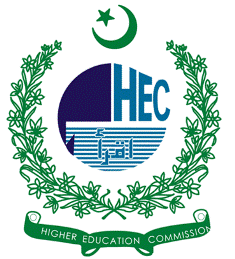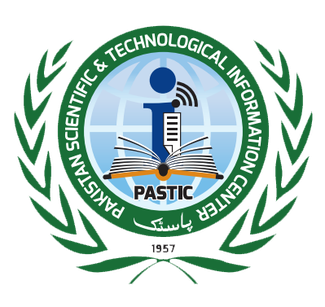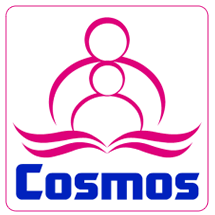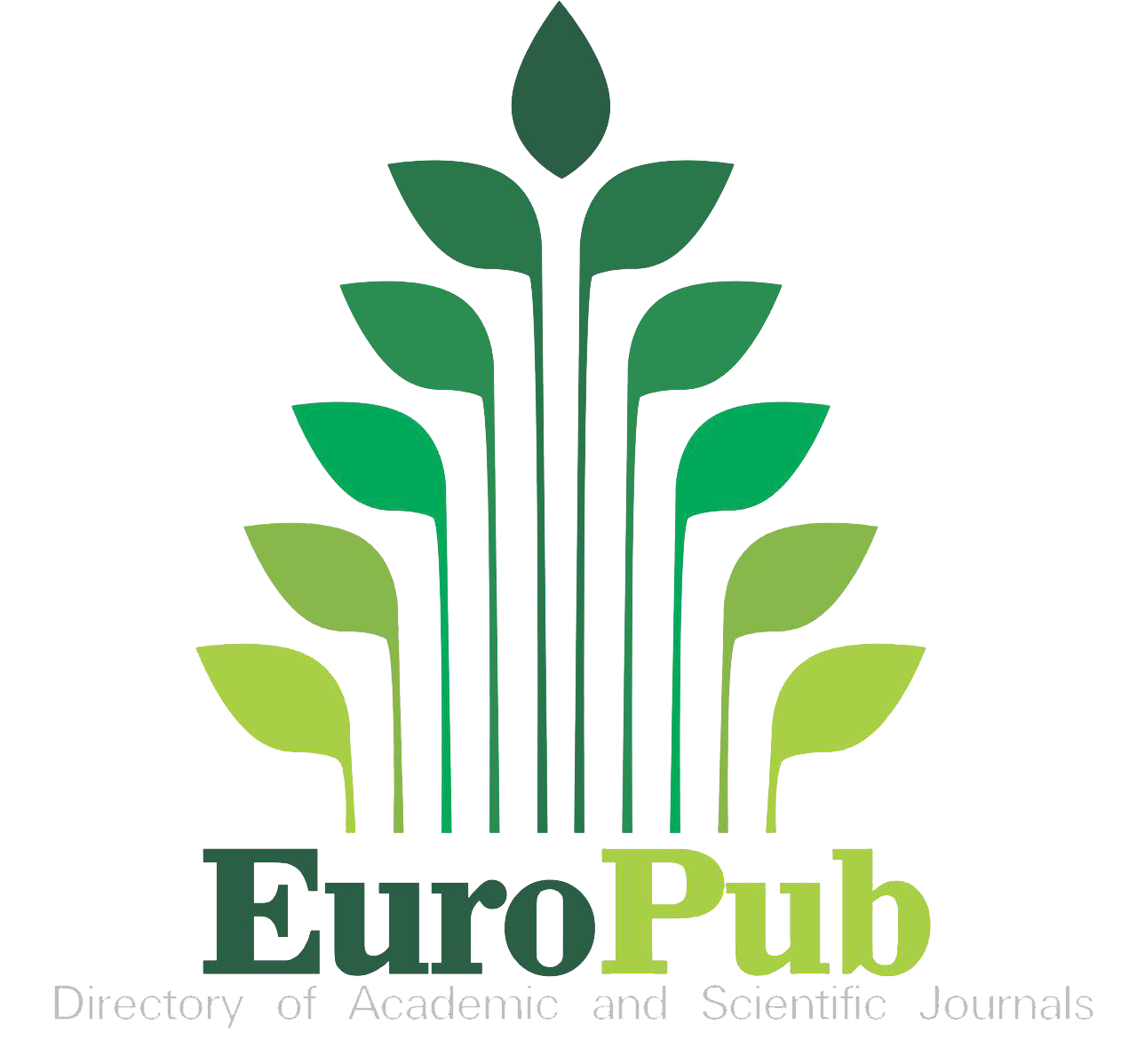Impact of Rhizospheric and Phyllospheric Mycobiota on Plant Health of Tomato
Keywords:
Mycobiome, Fungal Identification, Chlorophyll Levels, Endophytes, TomatoAbstract
Tomato (Solanum lycopersicum) is a significant crop produced globally but suffers from numerous biotic and abiotic stresses when cultivated in fields. Among all the biological stresses, fungal diseases cause a sharp decline in yield and quality but may remain non-pathogenic and symptomless under certain fungal species throughout the plant's entire life cycle. This work aimed to isolate and purify the mycobiota from various parts of the tomato plant—stem, root, fruit, leaf, and rhizospheric soil—to determine the fungal communities present. Morphological and molecular identification established the presence of various fungal species, including Aspergillus fumigatus, Acremonium spp., Pythium spp., Geotrichum candidum, Aspergillus parasiticus, Aspergillus carbonarius, Aspergillus terricola, Aspergillus flavus, Aspergillus oryzae, and Alternaria alternata. The density and distribution of these fungi varied among different plant parts and soil, with A. fumigatus showing the highest frequency (80%) among all isolates. Fungal diversity analysis revealed notable differences in species richness and evenness across plant parts. The rhizospheric soil showed the highest fungal diversity (Shannon index = 2.31), followed by roots (2.05), while the leaf and fruit tissues exhibited lower diversity indices. The Simpson's index values also confirmed greater dominance and lower evenness in aboveground plant parts, indicating a more selective fungal colonization. A heat map was constructed to visually compare diversity metrics across plant parts. Moreover, the effect of microbiomes on tomato plant health, especially on chlorophyll content in the field, was also examined. The results indicate that tomato plant mycobiota play a positive role in plant health based on their interaction. Further studies need to be conducted to investigate the specific possible positive impact of individual fungal species and their interactive effect on plant health of tomato crops.
References
S. M. K. and A. K. Ragupathi KP, PR Renganayaki, S Sundareswaran, “Seed mycobiome of tomato cultivar PKM 1,” J. Entomol. Zool. Stud., vol. 8, no. 6, pp. 1843–1846, 2020, doi. https.//doi.org/10.22271/j.ento.2020.v8.i6y.8094.
R. Poudel, A. Jumpponen, M. Kennelly, C. Rivard, L. Gomez-Montano, and K. A. Garrett, “Integration of system phenotypes in microbiome networks to identify candidate synthetic communities. a study of the grafted tomato rhizobiome,” bioRxiv, p. 874966, Dec. 2019, doi. 10.1101/2019/874966.
S. J. M. Mousami Poudel, Yiming Meng, Rodrigo Mendes, Lilian Abreu, C. Guillermo Bueno, Svetlana Folimonova, Karen A Garrett, “The Role of Plant-Associated Bacteria, Fungi, and Viruses in Drought Stress Mitigation,” Front. Microbiol, vol. 12, 2021, doi. https.//doi.org/10.3389/fmicb.2021.743512.
M. K. Natalia Naumova, Olga Baturina, Taisia Nechaeva, “Root and Rhizosphere Microbiome of Tomato Plants Grown in the Open Field in the South of West Siberia under Mineral Fertilization,” Horticulture, vol. 8, no. 11, p. 1051, 2022, doi. https.//doi.org/10.3390/horticulturae8111051.
“Microbiome-Host Interactions,” Microbiome-Host Interact., Feb. 2021, doi. 10.1201/9781003037521/MICROBIOME-HOST-INTERACTIONS-DHANASEKARAN-DHIRAJ-PAUL-AMARESAN-SANKARANARAYANAN-YOGESH-SHOUCHE.
D. R. P. Pragya Adhikari, Yeonyee Oh, “Current Status of Early Blight Resistance in Tomato. An Update,” Int. J. Mol. Sci, vol. 18, no. 10, p. 2019, 2017, doi. https.//doi.org/10.3390/ijms18102019.
M. A. Vinothini Kamalanathan, Nakkeeran Sevugapperumal, Saranya Nallusamy, Suhail Ashraf, Kumanan Kailasam, “Metagenomic Approach Deciphers the Role of Community Composition of Mycobiome Structured by Bacillus velezensis VB7 and Trichoderma koningiopsis TK in Tomato Rhizosphere to Suppress Root-Knot Nematode Infecting Tomato,” Microorganisms, vol. 11, no. 10, p. 2467, 2023, doi. https.//doi.org/10.3390/microorganisms11102467.
E. T. Vladimír Půža, “Interactions between Entomopathogenic Fungi and Entomopathogenic Nematodes,” Microorganisms, vol. 11, no. 1, p. 163, 2023, doi. https.//doi.org/10.3390/microorganisms11010163.
Q. S. Dong, Chunjuan, Wang, Lingling, Li, Qian, “Epiphytic and Endophytic Fungal Communities of Tomato Plants,” Hortic. Plant J., vol. 7, no. 1, pp. 38–48, 2021, doi. https.//doi.org/10.1016/j.hpj.2020.09.002.
S. C. J. Nakuleshwar Dut Jasuja, Richa Saxena, Subhash Chandra, “Isolation and identification of microorganism from polyhouse agriculture soil of Rajasthan,” Afr. J. Microbiol. Res, vol. 7, no. 41, pp. 4886–4891, 2013, doi. https.//doi.org/10.5897/AJMR2012.2413.
T. H. A. K. H. Domsch, W. Gams, “Compendium of Soil Fungi, 2nd ed,” Eching, Ger. IHW-Verlag, 2007.
J. S. S. Yanmei Zhang, Zewei Song, “Evaluation of DNA Extraction Methods for Microbial Community Profiling in Deadwood Decomposition,” Microbiologyopen, p. e70007, 2024, doi. https.//doi.org/10.1002/mbo3.70007.
G. S.-S. Claudia A. Jasalavich, Victor M. Morales, Lawrence E. Pelcher, “Comparison of nuclear ribosomal DNA sequences from Alternaria species pathogenic to crucifers,” Mycol. Res., vol. 99, no. 5, pp. 604–614, 1995, doi. https.//doi.org/10.1016/S0953-7562(09)80720-X.
P. S. V. Kumar, R. Gupta, “Distribution and frequency of Aspergillus species on tomato plants,” Mycobiology, vol. 50, no. 2, pp. 123–130, 2022.
S. M. Abdoul Razack Sare, Gilles Stouvenakers, Mathilde Eck, Amber Lampens, Sofie Goormachtig, M. Haïssam Jijakli, “Standardization of Plant Microbiome Studies. Which Proportion of the Microbiota is Really Harvested?,” Microorganisms, vol. 8, no. 3, p. 342, 2020, doi. https.//doi.org/10.3390/microorganisms8030342.
N. D. Portela et al, “Effect of DNA extraction method in gut fungal community assessment,” J. Fungal Res, vol. 12, no. 2, pp. 45–56, 2025.
L. P. Yixuan Lu, Xiao Wang, Lucineidy C. S. de S. Almeida, “Environmental Factors Affecting Diversity, Structure, and Temporal Variation of Airborne Fungal Communities in a Research and Teaching Building of Tianjin University, China,” J. Fungi, vol. 8, no. 5, p. 431, 2022, doi. https.//doi.org/10.3390/jof8050431.
C. Xiong et al., “Rare taxa maintain the stability of crop mycobiomes and ecosystem functions,” Environ. Microbiol., vol. 23, no. 4, pp. 1907–1924, Apr. 2021, doi. 10.1111/1462-2920.15262.
G. A. T. & C. W. S. M. A. Cregger, A. M. Veach, Z. K. Yang, M. J. Crouch, R. Vilgalys, “The Populus holobiont. dissecting the effects of plant niches and genotype on the microbiome,” Microbiome, vol. 6, no. 31, 2018, doi. https.//doi.org/10.1186/s40168-018-0413-8.
N. A. S. El-Sayed, A. Youssef, “Growth enhancement of tomato plants by Aspergillus terreus endophytes,” Plants, vol. 13, no. 16, p. 2218, 2023.
Z. A. M. Ahmad, S. Khan, “Occurrence of Aspergillus species in post-harvest tomato fruits,” Int. J. Food Microbiol, vol. 298, pp. 1–6, 2019.
Z. L. M. Jamil, M. Tariq, “Endophytic colonization by Aspergillus flavus and its impact on tomato plant health,” Phytopathol. Mediterr, vol. 59, no. 3, pp. 429–437, 2020.
S. Kumar, R. Singh, P. L. Kashyap, and A. K. Srivastava, “Rapid detection and quantification of Alternaria solani in tomato,” Sci. Hortic. (Amsterdam)., vol. 151, pp. 184–189, 2013, doi. https.//doi.org/10.1016/j.scienta.2012.12.026.
S. K. R. Sharma, V. Patel, “Colonization frequency of Aspergillus flavus on tomato plants,” J. Plant Pathol, vol. 103, no. 2, pp. 1–8, 2021.
Q. L. H. Zhang, Z. Wang, “Soilborne fungi associated with tomato rhizosphere,” Appl. Soil Ecol, vol. 149, p. 103474, 2020.
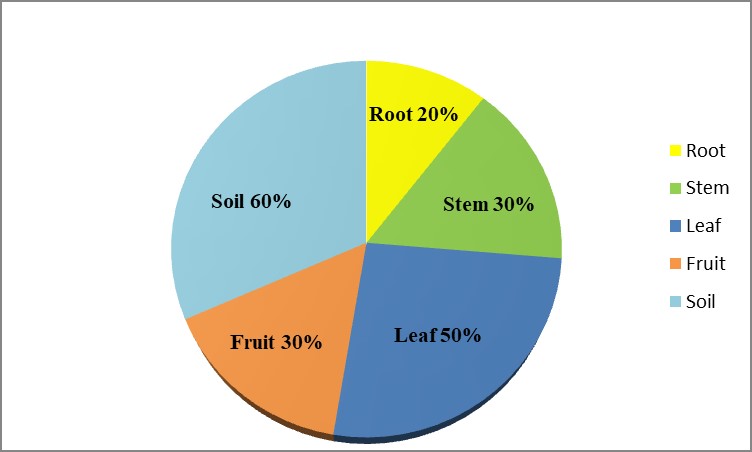
Downloads
Published
How to Cite
Issue
Section
License
Copyright (c) 2025 50sea

This work is licensed under a Creative Commons Attribution 4.0 International License.

